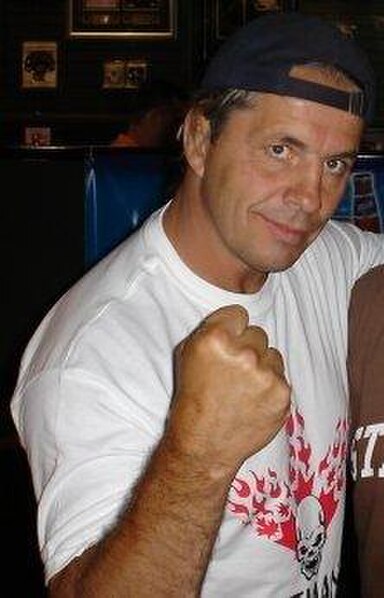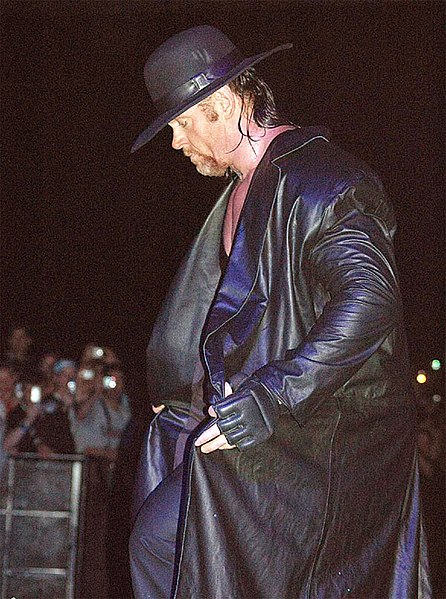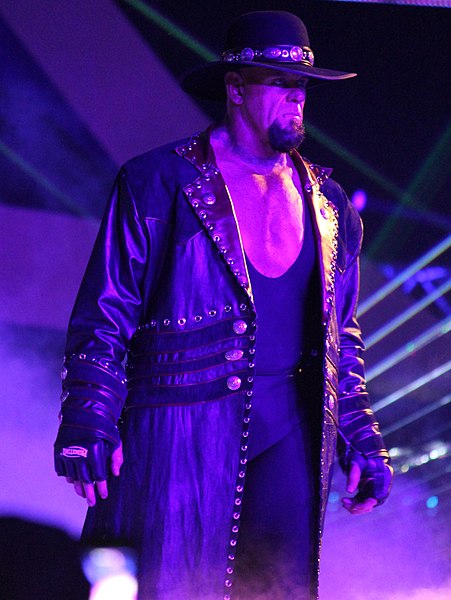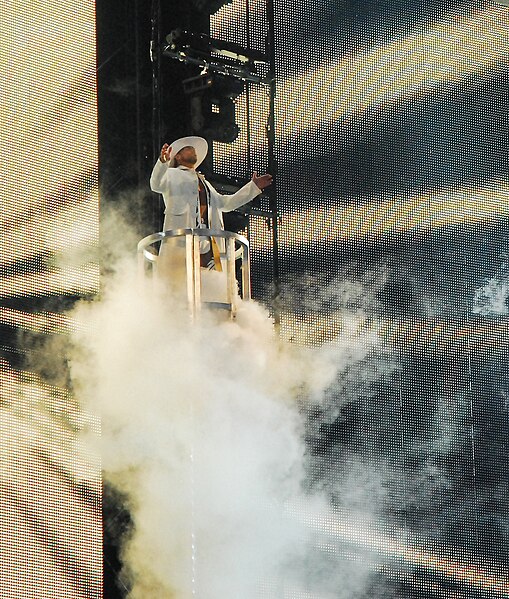WrestleMania 13 was the 13th annual WrestleMania professional wrestling pay-per-view (PPV) event produced by the World Wrestling Federation. The event was presented by PlayStation and held on March 23, 1997, at the Rosemont Horizon in the Chicago suburb of Rosemont, Illinois. Eight matches were held at the event, including one on the Free for All pre-show.
Promotional poster
Bret Hart faced Stone Cold Steve Austin in a Submission Match at WrestleMania
The Undertaker, who won the WWF World Heavyweight Championship from Sycho Sid
WrestleMania is a professional wrestling event held annually between mid-March and mid-April by the American company WWE, the world's largest professional wrestling promotion. Since premiering in 1985, 40 events have been held, with its most recent 40th edition occurring at Lincoln Financial Field in Philadelphia, Pennsylvania on April 6 and 7, 2024. WrestleMania was WWE's first-ever pay-per-view (PPV) produced and is the most successful and longest-running professional wrestling event in history. The event has been broadcast through traditional PPV since 1985 and has been available via livestreaming since WrestleMania XXX in 2014, which was WWE's first major event available through this medium. WrestleMania was conceptualized by former WWE executive chairman Vince McMahon and named by ring announcer and WWE Hall of Famer Howard Finkel. It is the company's flagship event and along with Royal Rumble, SummerSlam, Survivor Series, and Money in the Bank, it is referred to as one of the "Big Five", WWE's five biggest annual events of the year.
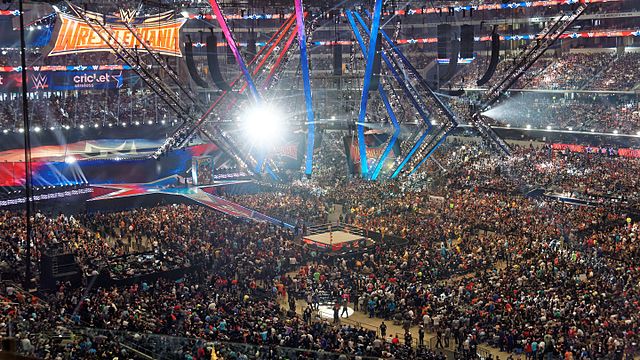
AT&T Stadium during WrestleMania 32
The Undertaker holds the record for 21 victories in a row at WrestleMania, with an overall record of 25–2.
The Rock vs. "Stone Cold" Steve Austin at WrestleMania XIX in their third and final WrestleMania encounter
Shawn Michaels earned the moniker "Mr. WrestleMania".


